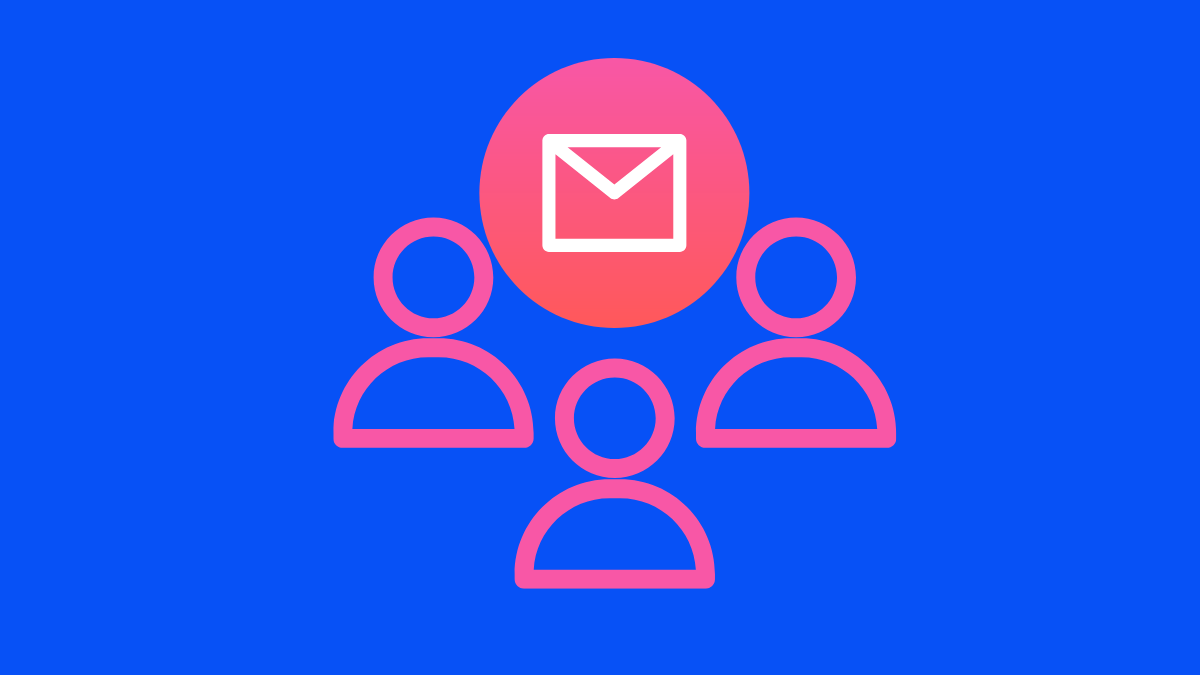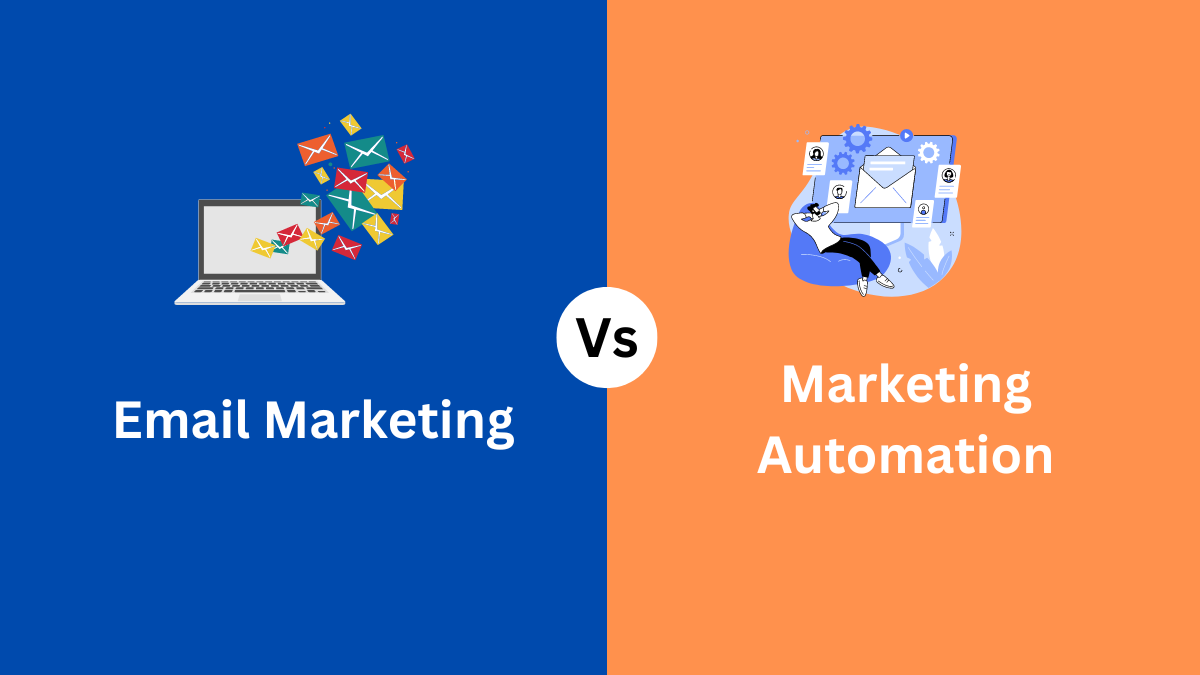
GetResponse Review 2024: Features, Pricing and Alternatives
January 27, 2024
How To Build a Sales Prospect List To Boost Your Business
August 24, 2024Relationship marketing is an essential aspect of any successful marketing strategy. It focuses on building meaningful connections with customers by engaging them on a personal level. In email marketing, relationship emails play a crucial role in establishing and nurturing these connections. By understanding the different types of relationship emails and how to optimize them, businesses can create a strong bond with their subscribers and enhance their overall marketing efforts.
What is Relationship Email Marketing?
Table of Contents
ToggleRelationship Email Marketing is an incredibly stretegy for businesses to connect with their customers on a personal level. It goes beyond the traditional email marketing methods and focuses on building long-term relationships with the customers. With Relationship Email Marketing, businesses can send personalized and targeted emails to their customers based on their preferences, behaviors, and purchase history. This allows businesses to provide a more tailored and relevant experience to their customers, which ultimately leads to increased engagement, loyalty, and revenue.
So, what exactly is Relationship Email? It is the art of sending emails that are not only informative and promotional but also build and nurture a relationship with the recipient. These emails are designed to make the customer feel valued and appreciated, rather than just being a name on a mailing list. Relationship Email Marketing allows businesses to engage with their customers in a more meaningful way, creating a sense of trust and loyalty.
Importance of Building Meaningful Connections in Email Marketing
In today’s competitive market, building meaningful connections with customers is more important than ever. Customers are bombarded with countless marketing messages every day, and it’s becoming increasingly challenging for businesses to stand out. Relationship emails provide a unique opportunity to cut through the noise and connect with subscribers on a deeper level.
When customers feel a genuine connection with a brand, they are more likely to remain loyal and engage with its offerings. Relationship emails allow businesses to deliver personalized, relevant content that resonates with their subscribers. By providing value and building trust over time, businesses can turn subscribers into loyal customers who actively promote their brand.
Types of Relationship Emails
There are several types of relationship emails that businesses can use to engage with their subscribers effectively. Each type serves a specific purpose and requires a different approach. Let’s explore some of the most common types of relationship emails:
Welcome Emails: Making a Good First Impression
Welcome emails are the first point of contact between a business and its new subscribers. They present an opportunity to make a positive impression and set the tone for the relationship. A well-crafted welcome email should express gratitude for the subscriber’s interest, provide a warm introduction to the brand, and offer valuable content or incentives.

To maximize the impact of welcome emails, businesses should ensure they are timely and personalized. By using the subscriber’s name and segmenting the email based on their interests or actions, businesses can create a personalized experience that resonates with the recipient.
Nurture Emails: Building Trust and Engagement
Nurture emails are designed to gradually build trust and engagement with subscribers over time. They provide valuable content, such as educational resources, tips, and advice. The goal of nurture emails is to establish the brand as a reliable source of information and create a long-term relationship with the subscriber.
To create effective nurture emails, businesses should consider the subscriber’s journey and deliver content that aligns with their interests and needs. By segmenting the subscriber list and tailoring the content accordingly, businesses can ensure that each email provides value and encourages further engagement.
Transactional Emails: Enhancing Customer Experience
Transactional emails are triggered by specific customer actions, such as purchases, account registrations, or password resets. While they serve a functional purpose, businesses can use transactional emails to enhance the customer experience and strengthen the relationship.
By adding personalized touches, such as product recommendations or exclusive offers, businesses can turn transactional emails into opportunities for upselling or cross-selling. Additionally, businesses should ensure that transactional emails are well-designed and align with the brand’s tone and style, reinforcing a positive brand image.
Re-engagement Emails: Bringing Back Inactive Subscribers
Re-engagement emails are targeted at subscribers who have become inactive or disengaged. Instead of letting these subscribers slip away, businesses can use re-engagement emails as a last attempt to reconnect and reignite their interest.
Re-engagement emails should be carefully crafted to grab the recipient’s attention and entice them to re-engage. Businesses can offer exclusive discounts, personalized recommendations, or even ask for feedback to understand the reasons behind the disengagement. By showing genuine interest and providing value, businesses can win back inactive subscribers and prevent further attrition.
Personalization in Relationship Emails
One of the key elements of successful relationship emails is personalization. Customers expect relevant and tailored content, and businesses can meet these expectations by leveraging the power of personalization.
Personalization can range from simple tactics, such as using the subscriber’s name in the email, to more advanced strategies, such as dynamically populating content based on the subscriber’s preferences or past interactions. By understanding their subscribers’ preferences and behaviors, businesses can deliver highly personalized emails that resonate with each individual.
However, personalization goes beyond just content. Businesses should also consider personalizing the timing and frequency of their emails. By sending emails at the right time and avoiding overwhelming the subscriber’s inbox, businesses can enhance the overall email experience and foster a stronger relationship.
Testing and Optimizing Relationship Emails
To ensure the effectiveness of relationship emails, businesses should continuously test and optimize their campaigns. A/B testing is a valuable technique that allows businesses to compare different elements of their emails and identify the most effective strategies.
When conducting A/B tests, businesses should focus on one variable at a time, such as subject lines, call-to-action buttons, or email layouts. By systematically testing different variations and analyzing the results, businesses can gain insights into what resonates best with their audience and optimize their emails accordingly.
Additionally, businesses should monitor key metrics, such as open rates, click-through rates, and conversions, to measure the success of their relationship email campaigns. By identifying trends and patterns, businesses can make data-driven decisions and continually improve their email marketing efforts.
Examples of Successful Relationship Email Campaigns
To inspire businesses in their relationship email strategies, here are a few examples of successful campaigns:
- Airbnb: Airbnb sends personalized welcome emails that highlight the unique aspects of each destination the subscriber has shown interest in. By showcasing beautiful images and offering personalized recommendations, Airbnb creates a sense of excitement and anticipation for the subscriber’s upcoming travels.
- Amazon: Amazon’s transactional emails are highly personalized and tailored to the individual customer’s purchase history. They include product recommendations based on past purchases, customer reviews, and related items. These emails not only enhance the customer experience but also drive additional sales.
- HubSpot: HubSpot’s nurture emails provide valuable educational resources to subscribers based on their interests and stage in the buyer’s journey. By delivering relevant content, HubSpot establishes itself as a trusted authority in the field of marketing and sales, encouraging subscribers to engage further with the brand.
Tools and Software for Managing Relationship Emails
Managing relationship emails requires efficient tools and software to streamline the process and ensure seamless execution. Here are some popular tools that businesses can leverage:
- Getresponse: Best for e-commerce, B2B email marketing, and affiliate marketing. This email marketing tool offers email marketing, SMS marketing, e-commerce automation, landing pages, sales funnels, a website builder, and many more features. Use Getresponse for free.
- Mailchimp: Mailchimp is a widely used email marketing platform that offers a range of features for managing relationship emails. It provides customizable templates, automation workflows, and detailed analytics to optimize email campaigns.
- ConvertKit: ConvertKit is a user-friendly email marketing tool specifically designed for creators and small businesses. It offers advanced segmentation capabilities, allowing businesses to deliver highly targeted relationship emails based on subscriber characteristics and behaviors.
- ActiveCampaign: ActiveCampaign is a comprehensive marketing automation platform that enables businesses to create personalized relationship emails at scale. It offers advanced automation features, CRM integration, and detailed reporting to drive engagement and conversions.
The Power of Relationship Emails in Email Marketing
Building meaningful connections through relationship emails is essential for businesses looking to establish long-term relationships with their customers. By understanding the different types of relationship emails, personalizing content, and continuously testing and optimizing campaigns, businesses can create engaging and impactful email marketing strategies.
Relationship emails have the power to cut through the noise, build trust, and foster loyalty. When done right, they can transform subscribers into loyal customers who actively support and advocate for the brand. By leveraging the right tools and software, businesses can streamline their relationship email management and drive meaningful results.
In today’s digital landscape, where customers crave personalized experiences and genuine connections, relationship emails are a powerful tool for businesses to differentiate themselves and stay ahead of the competition.
Conclusion
Start building meaningful connections with your subscribers today! Implement the strategies and best practices discussed in this article to create impactful relationship email campaigns. Leverage the right tools and software to streamline your email marketing efforts and drive long-term customer loyalty. Remember, a strong bond with your subscribers translates into a stronger brand image and increased business success.






1 Comment
Informative read on relationship emails in email marketing! It’s clear how crucial personalized communication is for building strong customer connections. Great tips on maintaining relevance and leveraging data. Looking forward to implementing these strategies!